Heritage Loulé
Loulé is presented with a unique history that is reflected in its heritage, from people who seek refuge here to the great Roman, Arab and Portuguese communities.
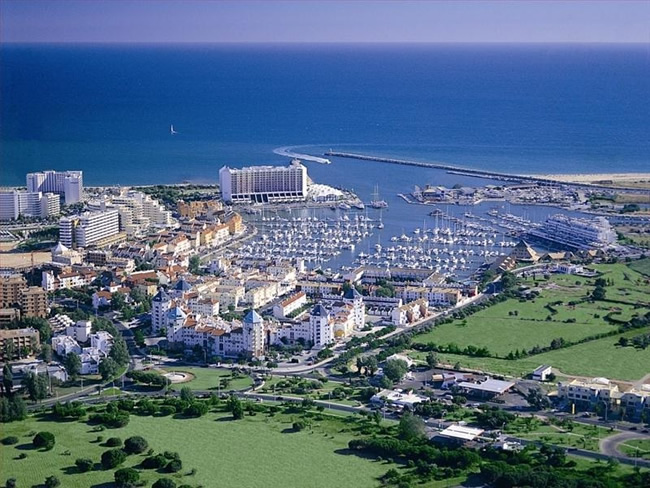
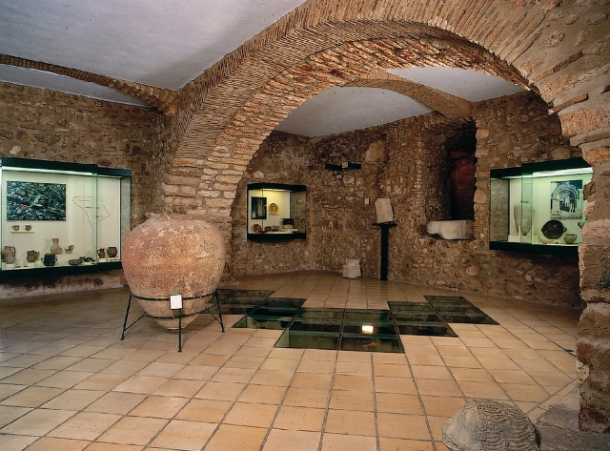
Municipal Museum of Loulé – a cultural equipment that offers a service to his community and social and cultural development, promoting research on the past of the man and the environment, acquiring these traces and saving them, exposing then for educational, scientific and playful, always valuing the natural, historical and cultural. Being the former commander’s residence Castle Loulé, this together several estates, currently under study and stored are the old Philharmonic Society Marçal Pacheco, Pedro de Freitas, Warrior and other photographer. This museum displays in their rooms an exhibition devoted to archeology collection of the from the time of the first settlements of the county, the pre- and proto-history, followed by periods of Romanization and Islamization, to the Middle Ages and Modern, which present their cultural, religious and economic importance of Nossa Senhora da Graça Convent in the space of the old town of Loulé.
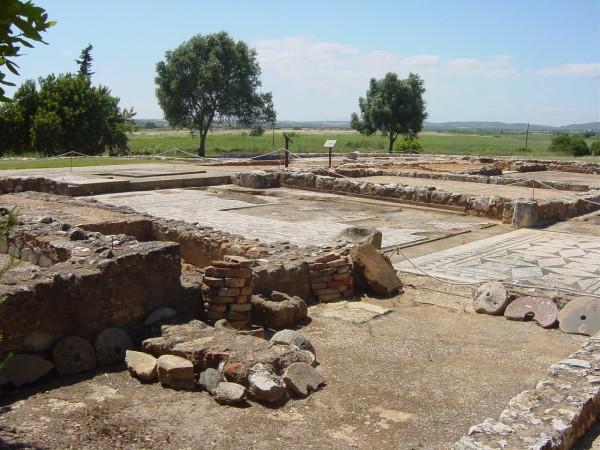
Archaeological Site of Cerro da Vila – the first traces were found in 1963 by archaeologist Algarve José Farrajota, who made the first excavations at the site, being continued by archaeologist José Luís de Matos, for about 20 years, proceeded to the main studies and has written several articles and publications on the rich heritage existing in it. Currently, the ruins have a history of occupations of various civilizations such as the Romans, Visigoths and Arabs, are testimonies of the people who built buildings and remained for nine centuries, this site. The Cerro da Vila suffered the greater influence of Romanization, largely due to its location along the banks of a lagoon connected to the sea, which allows house the boats during their trade routes, such as the Phoenicians and Carthaginians previously made . This archaeological site, are luxury villas, that the dimensions, lush decorations and private spa, it is stipulated that Cerro da Vila has been important, especially the “Spas Public” a complex structure with a spa that would be supplied with water from a large reservoir situated at the highest point of the architectural complex that was powered by a dam located north. This resort contains different rooms with a large sauna, small pools of hot water, warm water and cold water and a large communal pool, in addition to a number of dependencies that encompassed the changing rooms, massage areas and furnaces for heating water and donate. Among other structures, also stands out the funerary temple with a columbarium with niches in which they put pots or urns with cremation ashes of the corpses of the “masters” of the Villa. This archaeological site can be visited from 9:30 am – 12:30 pm / 14h00 – 18h00.
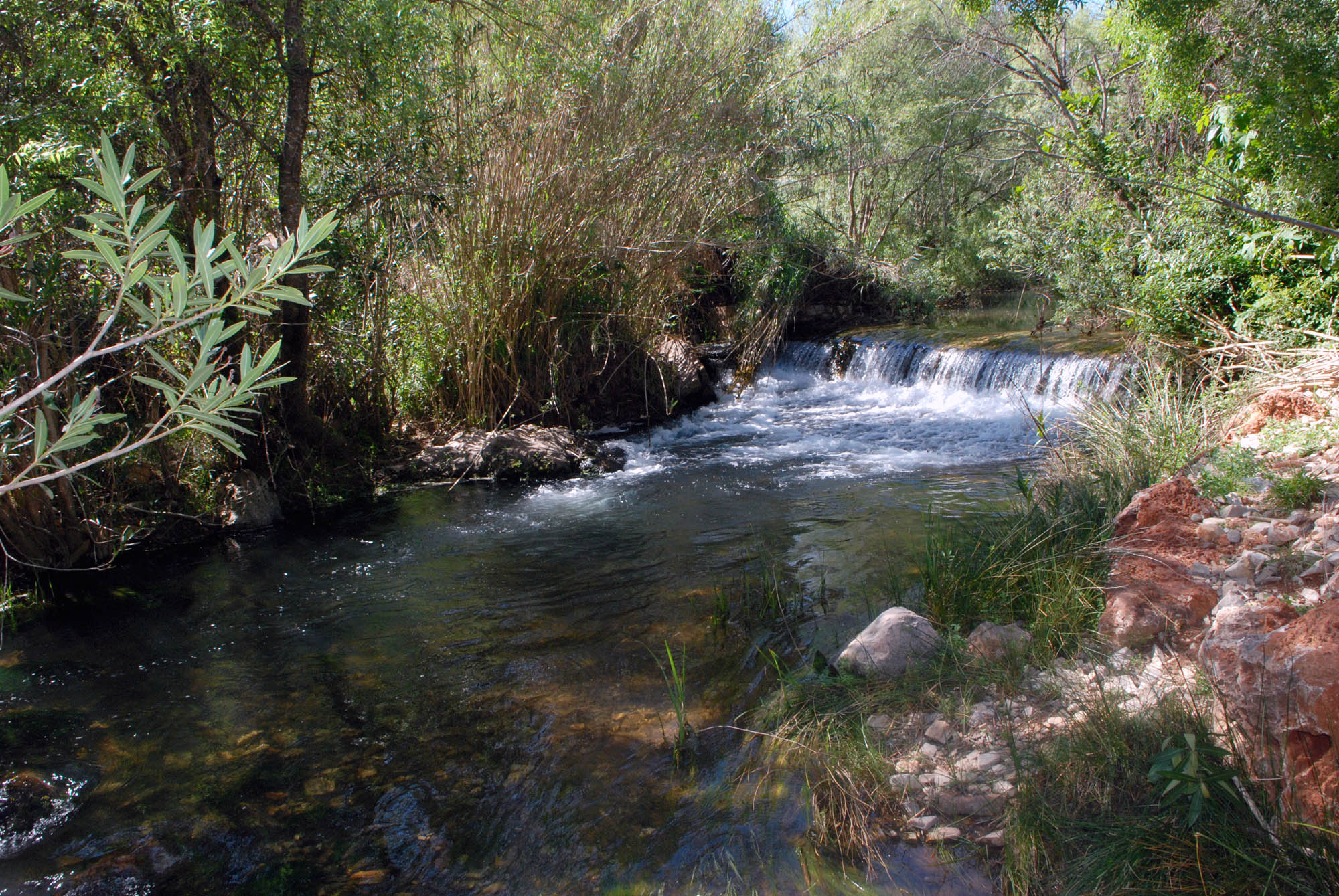
Know Querença – a map with all the tourist offer of Querença parish, between areas with hiking trails and mountain biking, to places of interest for observation of fauna and flora, the asset and support visitor services, such as catering and accommodation.
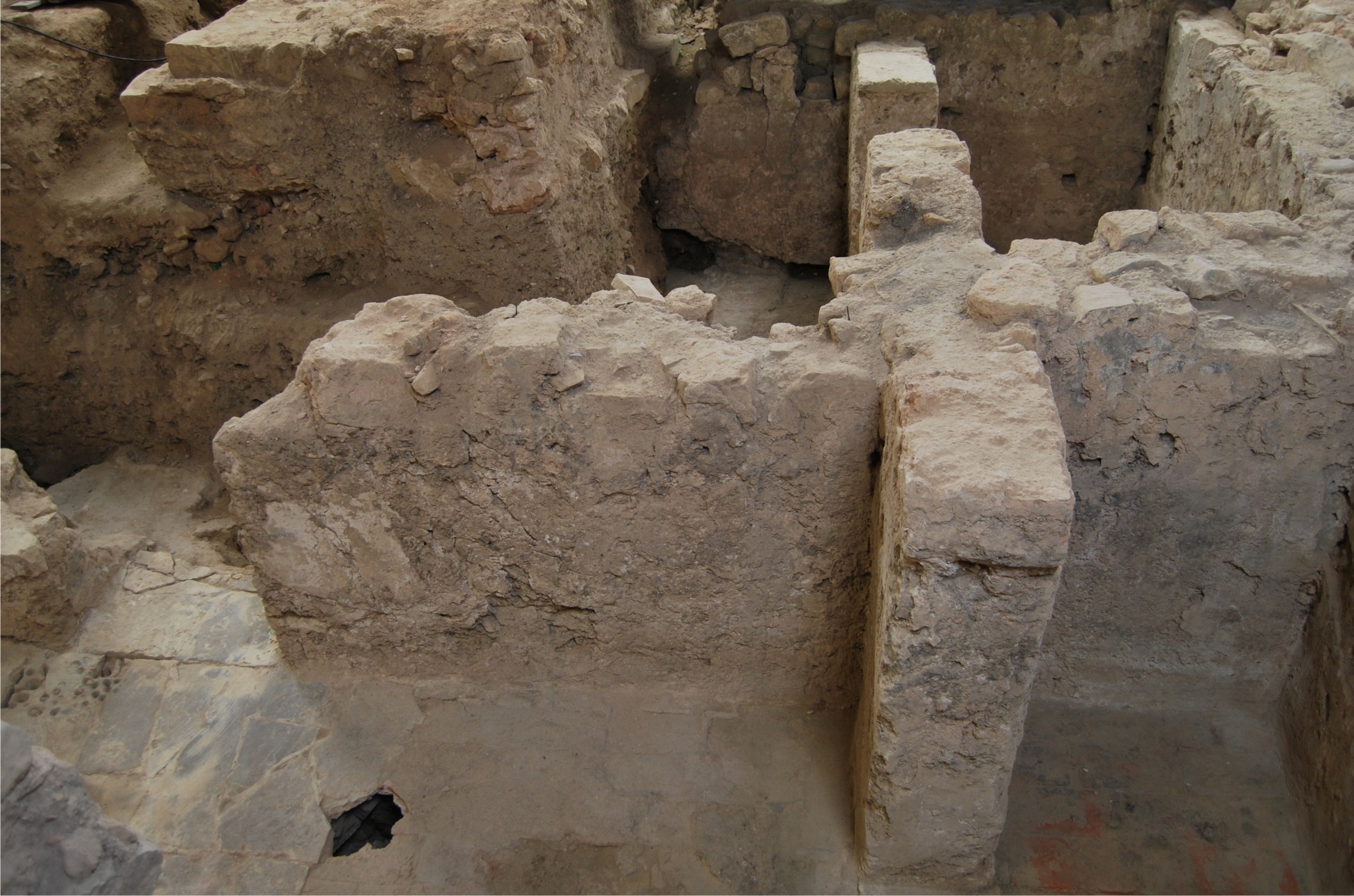
Visitable excavation of Islamic Baths of Loulé – over archaeological excavations carried out in the historic center is to highlight the discovery of Islamic public baths, are the only ones so far in the current Portuguese territory, with a good level of conservation. The archaeological works are still ongoing, just being a part of the old building is currently excavated.
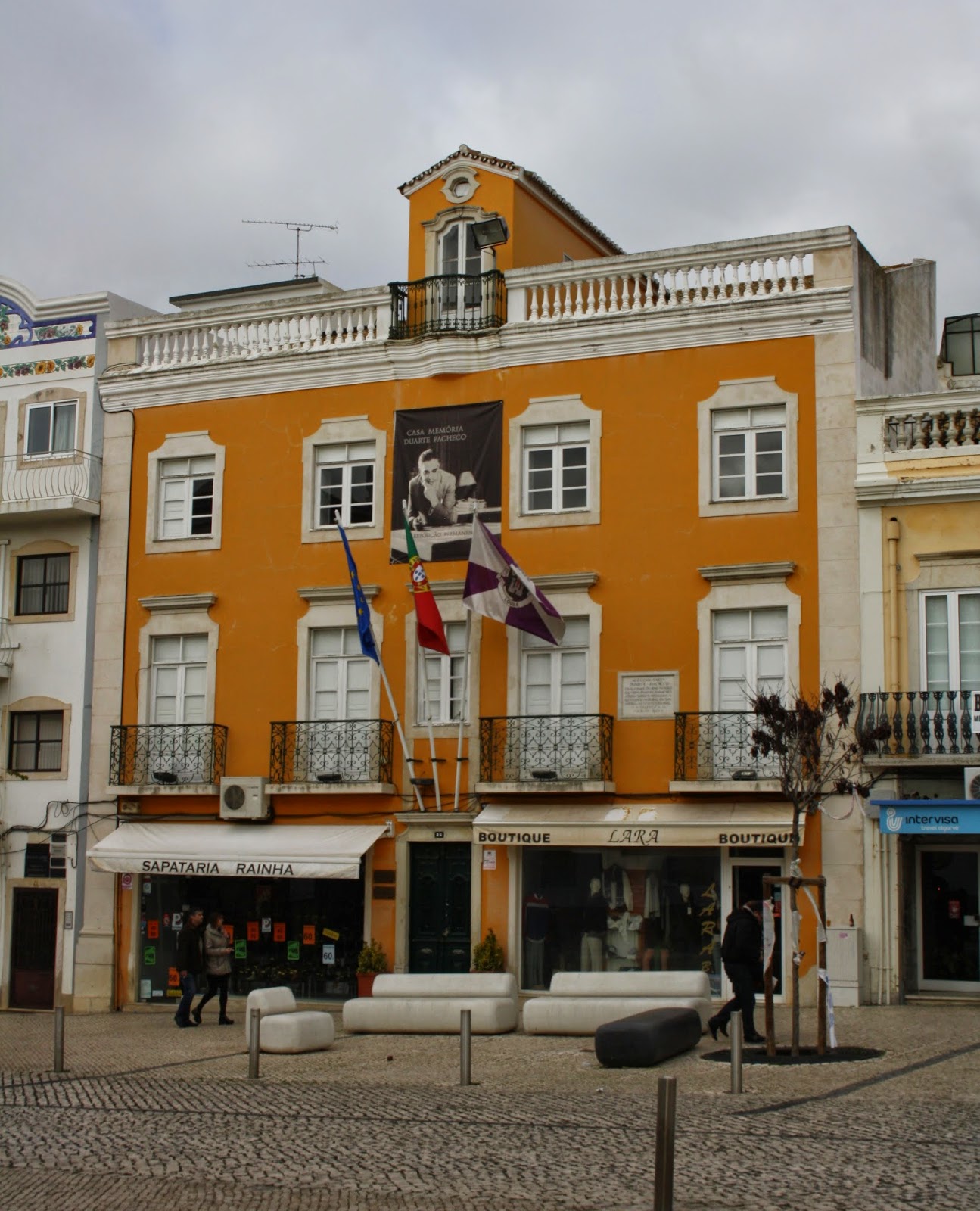
House Memory Duarte Pacheco – in front of City Hall, the building in which Duarte Pacheco was born, it was remodeled in the 90 for installation of the Municipal Assembly. It contains a permanent exhibition, which tells of the life and work of Duarte Pacheco, consisting of documents and personal items. One of the parts that most interest is the recreation of the office in which they were designed many of the works that changed the face of the country, in particular in Lisbon, and part of the furniture and objects of Duarte Pacheco. Being open Monday to Friday from 9h00-12h30 and 14h00-17h30, closed on Saturdays, Sundays and holidays.
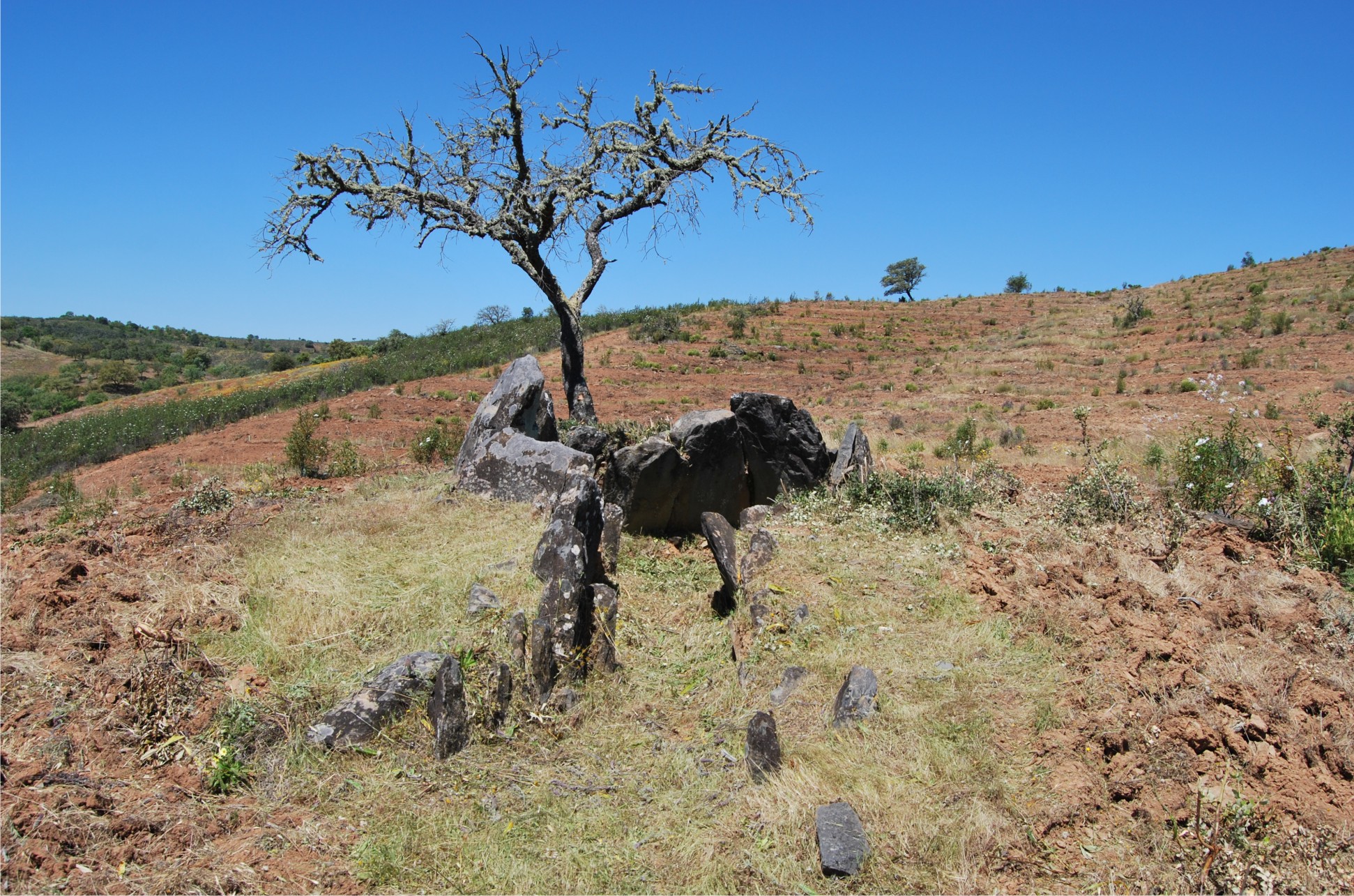
Dolmens – in the parish Ameixial there are two megalithic monuments, dedicated to the cult of the dead, in a collective way, with large stone elements, from the Neolithic period. These monuments are part of a wider set of monuments of this kind, which extends to the municipalities of Tavira and Alcoutim.
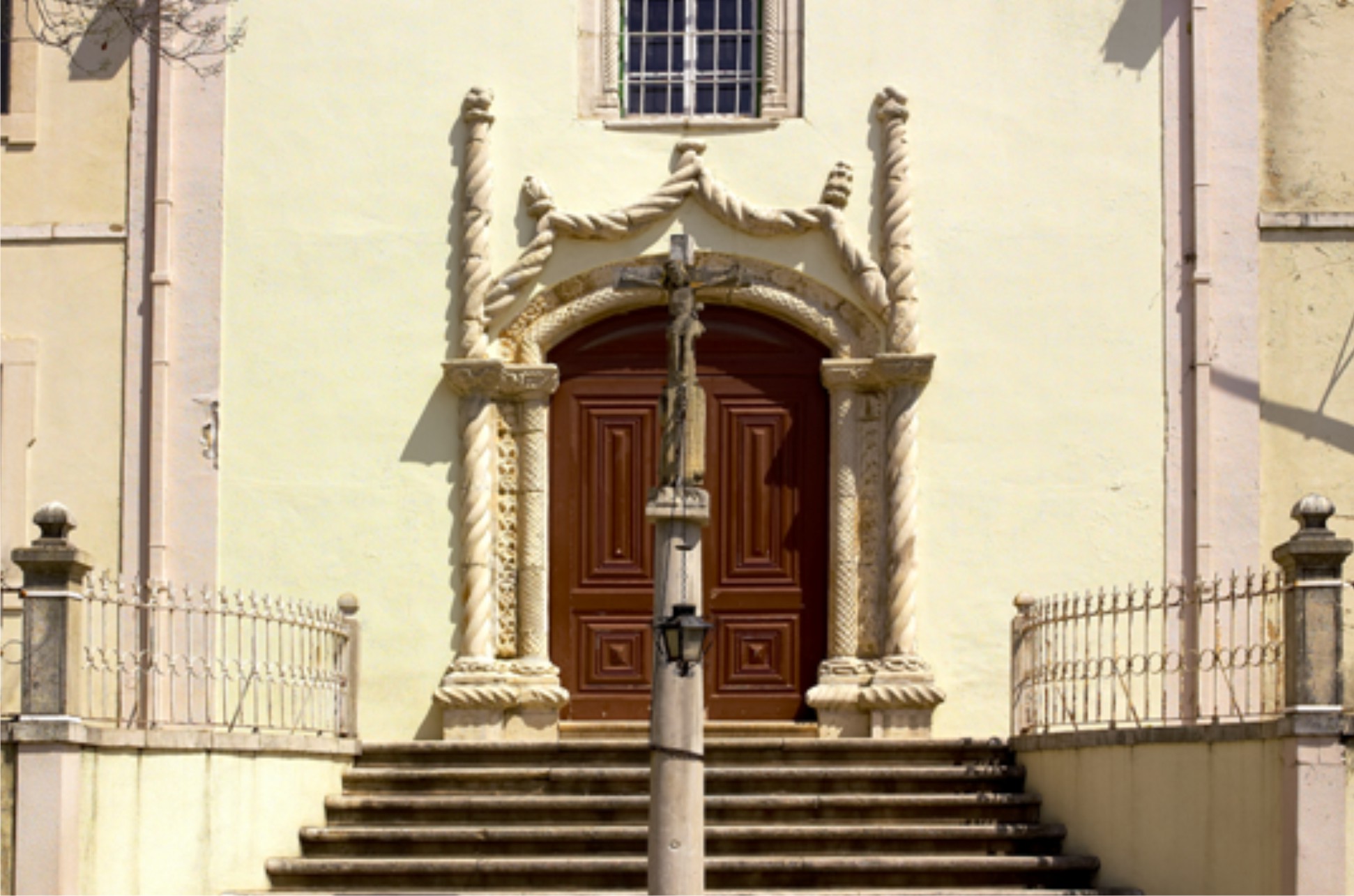
Misericórdia porch – in Loulé, the Holy House of Mercy was built in the mid-sixteenth century and in 1570, by order of King Sebastian, the hospital was under his administration and with the burden of receiving those who came wounded and sick of the northern campaign Africa. During part of the seventeenth century and until the extinction of religious orders in 1833, the administration of the Hospital and the Santa Casa was in charge of the Augustinian friars who settled in those areas and carried out works that passed through the place of the hostel and the hospice in shoals and hospital building on high. Subsequent to 1833, the Church and the Hospice were fully inserted in the Mercy structure even through the temple its name to Church of Mercy. Both the porch as the cruise were classified National Monuments in 1924.
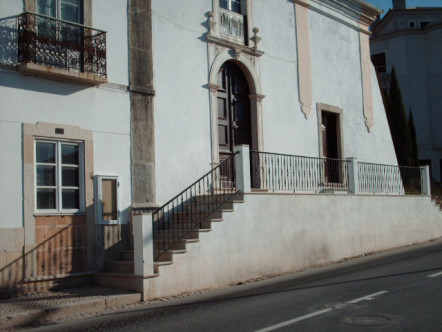
Palace Gama Lobos – A stone tombstone placed in the sacristy of St. Anne’s Church provides that it will have been built in 1725 by Father João da Costa Aragão, son of Lieutenant Colonel Diogo Lobo Pereira, governor of Loulé Square. Reportedly, the so-called “Solar dos Lobos” was started only fifty years later by Captain-Mor Manuel José da Gama Lobo Pessanha, son of Nuno Mascarenhas Lobo and grandson said Diogo Lobo Pereira. Due to disagreements with the Judge-Off-shortly after beginning the work was embargoed and only about a hundred years later that the sun was completed by Antonio Jose de Matos Costa Mexia. Another tombstone, this time placed on the right side of the church, lets you know that in 1875 the chapel was retouched by gifts of Maria Augusta Sovereira Zuzarte and and that between 1891 and 1893 has been completely renovated by devotion of Antonio José de Matos Costa Mexia , his wife Maria Augusta Mascarenhas Matos and his daughter Maria Barbara Mascarenhas de Matos. In the late nineteenth century to house the fifth and surrounding are the property of Aragon Barros family, rich and important rural bourgeoisie. Although called “Solar de Aragon”, the Loulé population called the building “Boavista” or “Mrs. Sant’Ana”. In the 30 of 1900 “Solar Aragon” was occupied by family descendants Aragon Barros in 1936 rented the building and the fifth surrounding the religious Spanish Jesuits fled the Spanish Civil War. In 1932 it was extinguished in Spain the Society of Jesus and this was holding in the province of Bética, the Seminary of St. Aloysius Gonzaga, in Puerto de Santa Maria. These were students and Jesuit teachers who transferred to Loulé and then created the current building at the back of the manor, a school that was attended only by Spanish students. This educational establishment was called the Classical Studies College or Humanities and Classical Languages, “Gonzaga”, and came to be attended by 76 people including priests, school and curates. Once established, the Jesuits asked the Municipal Council of Loulé authorization to expand the facilities in accordance with the project presented. Their intention was to build a new building behind the “Solar” with fronts for road Salir and inside the Quinta da Boavista. The various documents lodged were signed by Jose Maria Villoslada, priest and Prime Minister of the Seminar. In 1939, after the Spanish Civil War, the Spanish Jesuits returned to their country and Aragon Barros family takes up the “solar”. In the late 50s and early 60s, the Carnival of Loulé Commission begins announcing the Carnival balls to known as “the Spanish Palace”. Over the past decades the “solar” or “palace”, emblazoned, has been used for various purposes, such as the seat of music schools, site for Folkloric or Loulé Majoretes carry out its testing and space other artistic and cultural activities.
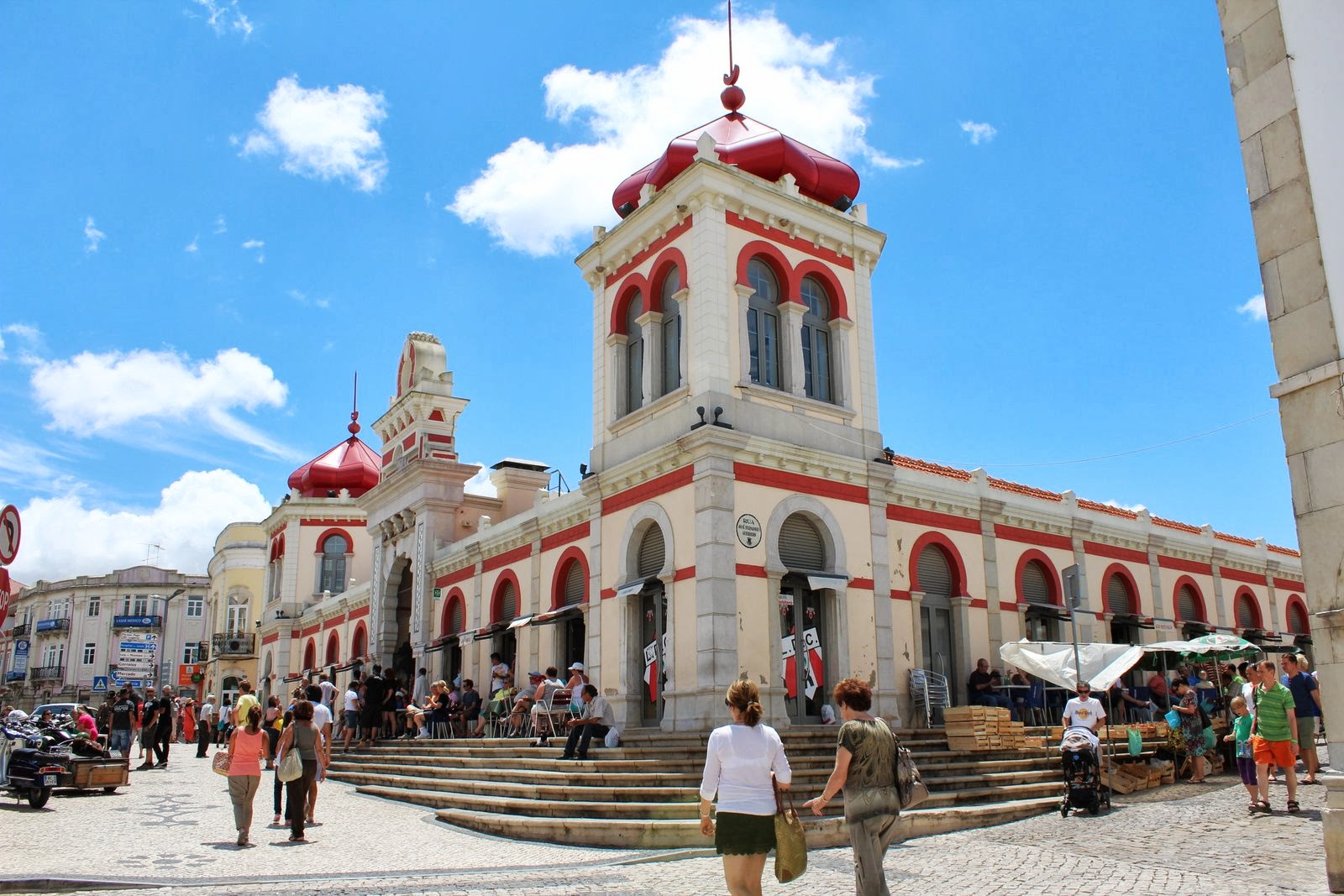
Loulé Market – It opened on June 27, 1908, according to project architect Alfredo Campos Costa, Lisbon. An old idea of building a market for fish, fruit and vegetables, but location and the number of markets had consensus of Loulé. In the late twentieth century. after a long discussion, the Board decided to build the market next to the building of the County Hall and begin then the expropriations and demolitions respective. Throughout its existence this market has undergone several improvements, extension and refurbishment. In 2007, February 1, the Loulé Market reopened its functions, more modern with better conditions of hygiene and safety and aiming increasingly attract tourism to the one who is the ex-libris of the city of Loulé.
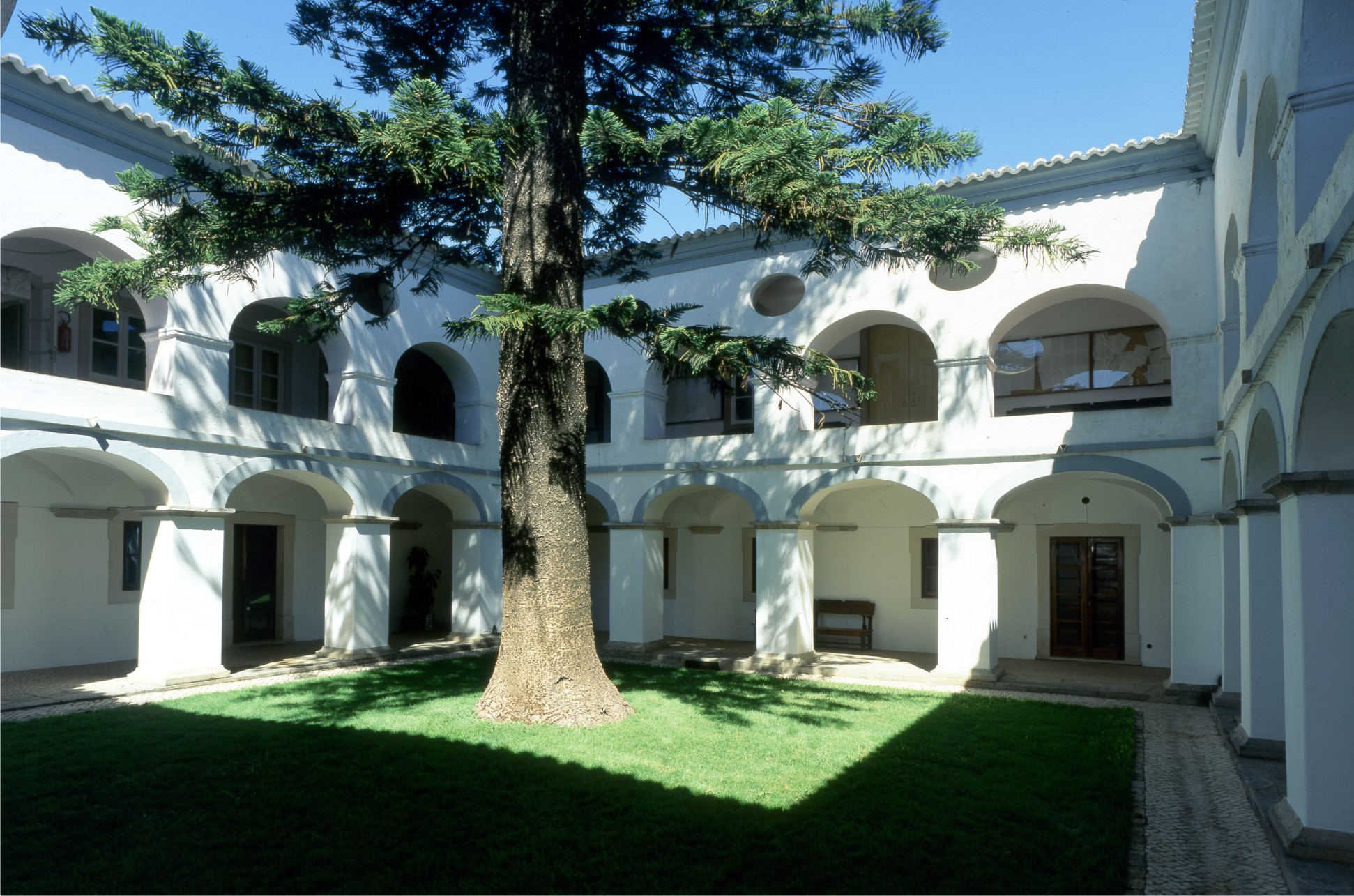
Convent of the Holy Spirit – as a document in the File Loulé Municipal Historic Baltazar dos Reis, preacher of His Majesty, the Minister and Attorney of the Friars Minor of St. Francis Order in the Algarve province, states that the Convent of Franciscan Nuns of Our Lady of Conception iniciou- in 1684, as a gathering house unprotected women located joins the Chapel of Our Lady of the Poor. In 1693, Father João Aguiar Ribeiro requested authorization to the Chamber of the Senate to the religious community could use the Chapel of the Holy Spirit, with the positive opinion, they settled in a house adjacent to this temple and gradually acquired more homes. In 1711, with the papal recognition by a Brief of Clement II. Implemented Liberalism, the religious orders were canceled, and this convent closed in 1836, after being occupied by the city of Loulé and the Judicial Court. The Church of the Holy Spirit was disabled, subsequent to consultation with diocesan and transformed into theater, where today are installed the deposit and the laboratory of the Municipal Museum. The rest of the convent was sold at auction two individuals, that turned into dwelling houses. Currently the space formerly occupied by the Convent and its about houses the Municipal Art Gallery and the Institute D. Afonso III.
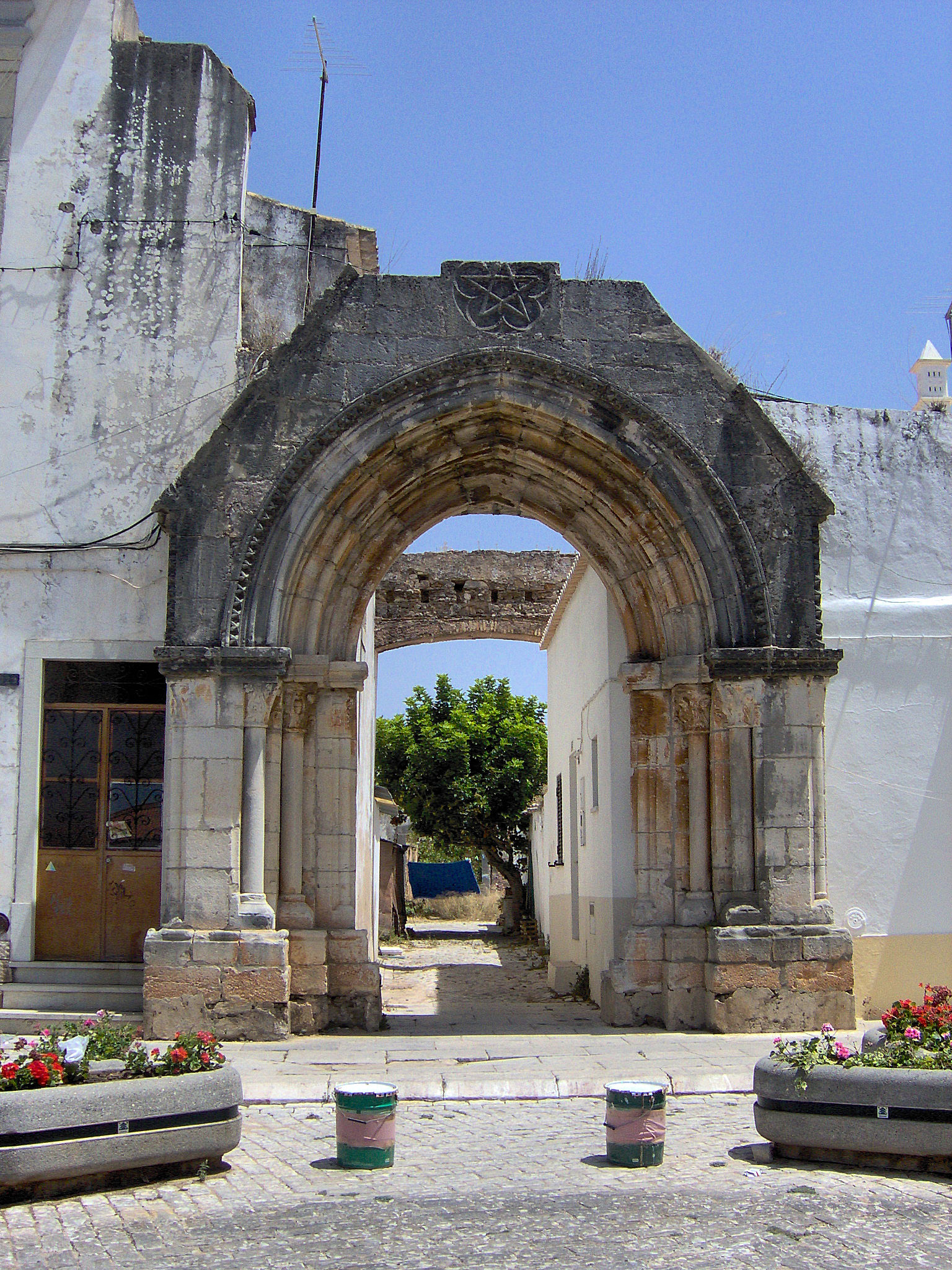
Convent of Graça – ancient monastery of St. Francis, was founded in Loulé by Franciscans coming from Andalusia, between the years 1253 and 1267, in order to evangelize the Algarvian people, mostly Moorish and Mozarab Christian, after the Reconquista period. In the sixteenth century, cloistered Franciscan were extinguished and the monastery of Loulé passed to the Order of St. Augustine a little peaceful change that divided the population Loulé. However, the Augustinians have ended up for several centuries and they should Baroque legacy that today marks the square. The 1755 earthquake and later expropriations of property Conventual, 1834, hastened his ruin, forcing the transformation of the convent. Invaded by absolutist and liberal troops, his file was burned and the building sold at auction, abandoned and converted into dilapidated housing. The church became a street and yard, ending his chapel to be partly demolished by urbanization project. Currently, the Convento da Graça has three life cycles that mark deeply: the Franciscan Monastery (1253-1567), the Augustine Convent (1568-1834) and the private use (1834 to today). Considered a National Monument by decree in 1924, which remains this is a great portal ogival based on two columns on each side, polished marble and finials intersection point with pine cones of grapes, flowers and numerous architectural elements inside addorsed houses the monument. Some systems from the Convent also remain in the Church of St. Clement, as St. Augustine pictures of Our Lady of Grace and Santa Catarina.
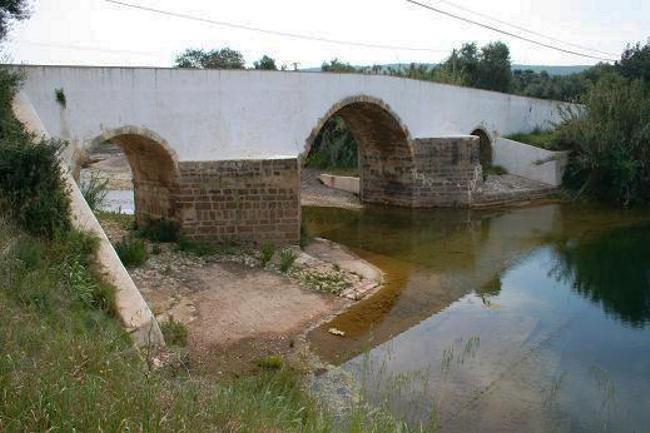
Tôr Bridge – built on the riverside of Tôr, shows the name of the river Benémola, Algibre of river and creek Quarteira according to local wherever he goes. Its construction is the period of the Middle Ages.
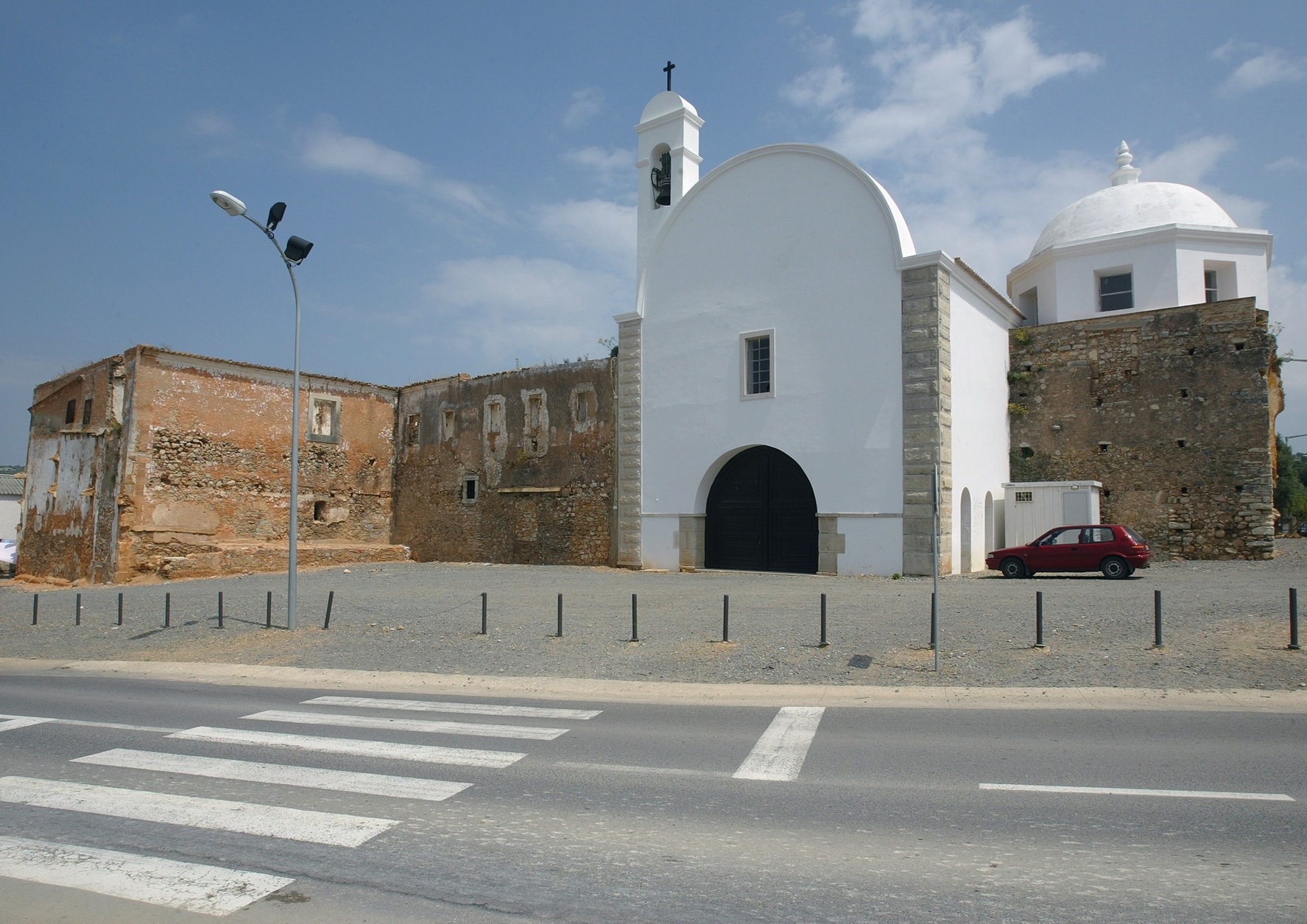
Convent of Santo António – in Loulé, this is classified as a Public Interest in 1984. The building that has come to the present day results from a second foundation dating from the late seventeenth century. In 1546, it was founded the first convent of the Capuchin friars of the community of Mercy Province, the religious order of St. Francis, through the intersection with the Pope Paul III Nuno Rodrigues Barreto patron of the first convent of Mercy that existed in Faro. Because of the poor conditions, the Franciscan friars sought another place to erect new convent. The August 11, 1675 was launched the first stone by the Bishop of the Algarve D. Francisco Barreto II, on land donated by André de Athayde. The June 22, 1692, the works finished, the brothers moved to the new facility. The architecture of the space is part of the language of “ground style” marked by architectural sobriety characteristic of the Franciscan Capuchin ideals, and shows traces of additions of the eighteenth century, namely the post-earthquake period of 1755. In 1834, after the extinction of religious orders, this space met multiple uses, among these we highlight one Tannery and its use for housing, until in the 80s of the twentieth century has been restored church space which has since served various cultural purposes.
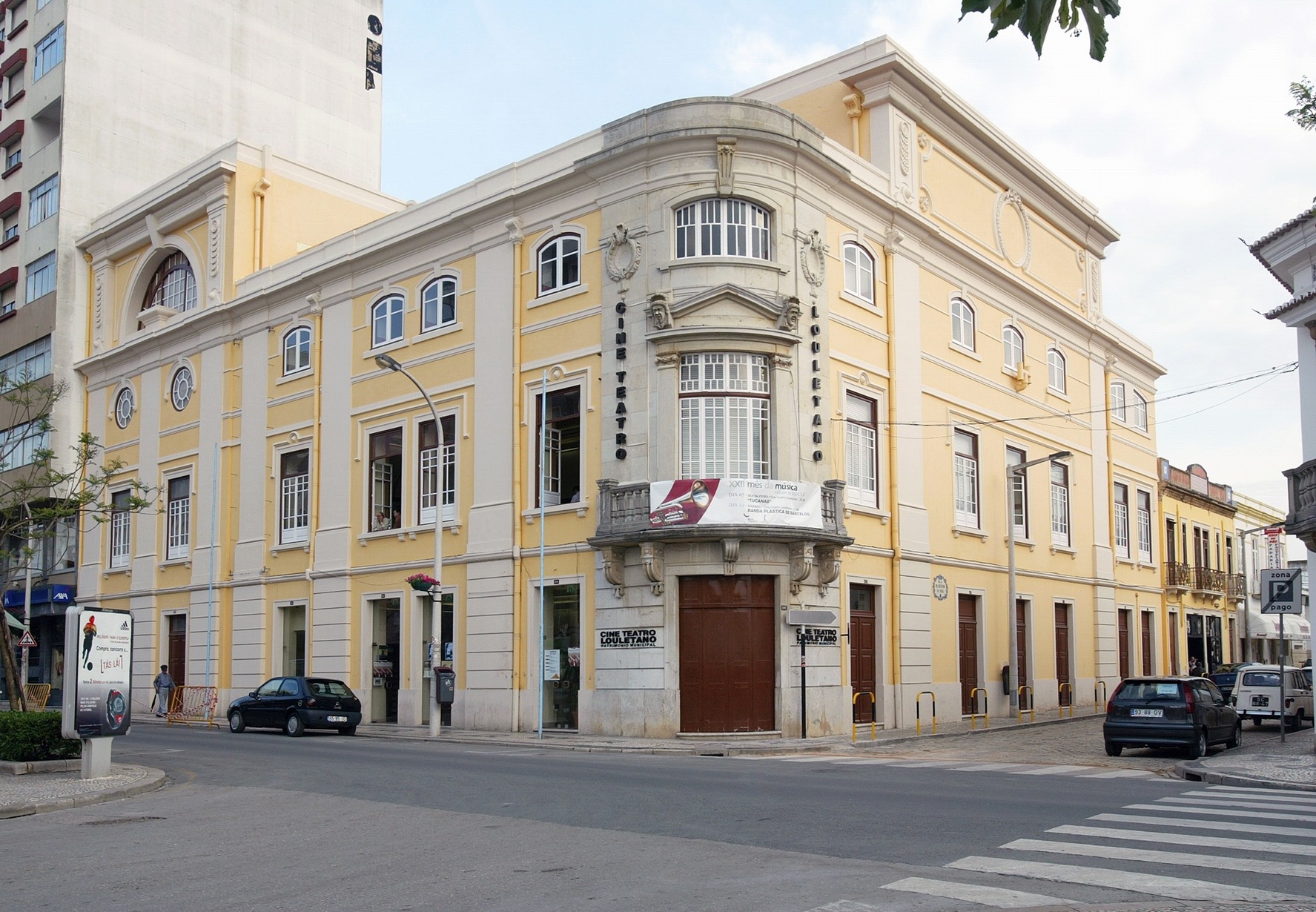
Louletano Cine theater – over 75 years of existence remained the property of Theatrical Society Loulé, formed in 1925 in order to build a theater for all forms of drama, opera, cinema, concerts, evenings and artistic conferences, founded by Alberto Rodrigues Formosinho, Antonio Maria Frutos da Silva, Artur Gomes Pablos, David Evaristo d’Aragon Teixeira, Dr. Joaquim Cândido Pereira de Magalhães e Silva, José da Costa Ascension, José da Costa Guerreiro, José Martins Junior and Manuel dos Santos Pinheiro Júnior . Inaugurated on April 19, 1930, with the Theatre Company, the great actress Ilda Stichini, which were part of the artists Clemente Pinto Veloso Light, Luis Prieto, Joaquim Oliveira Alves da Costa, Maria Lagoon, Fernanda de Sousa and others . After years of difficult and bureaucratic negotiations with the owners of the Cine Teatro Louletano, the Municipal Council of Loulé acquired in 2003, this cultural landmark of the city, the county and the region. Over the years, the City Council has carried out works of conservation and modernization of the property in order to meet the demands of quality shows that, increasingly, will be part of the animation of this site poster, with excellent acoustics and space to host major events, offering greater convenience to its usufruidores.
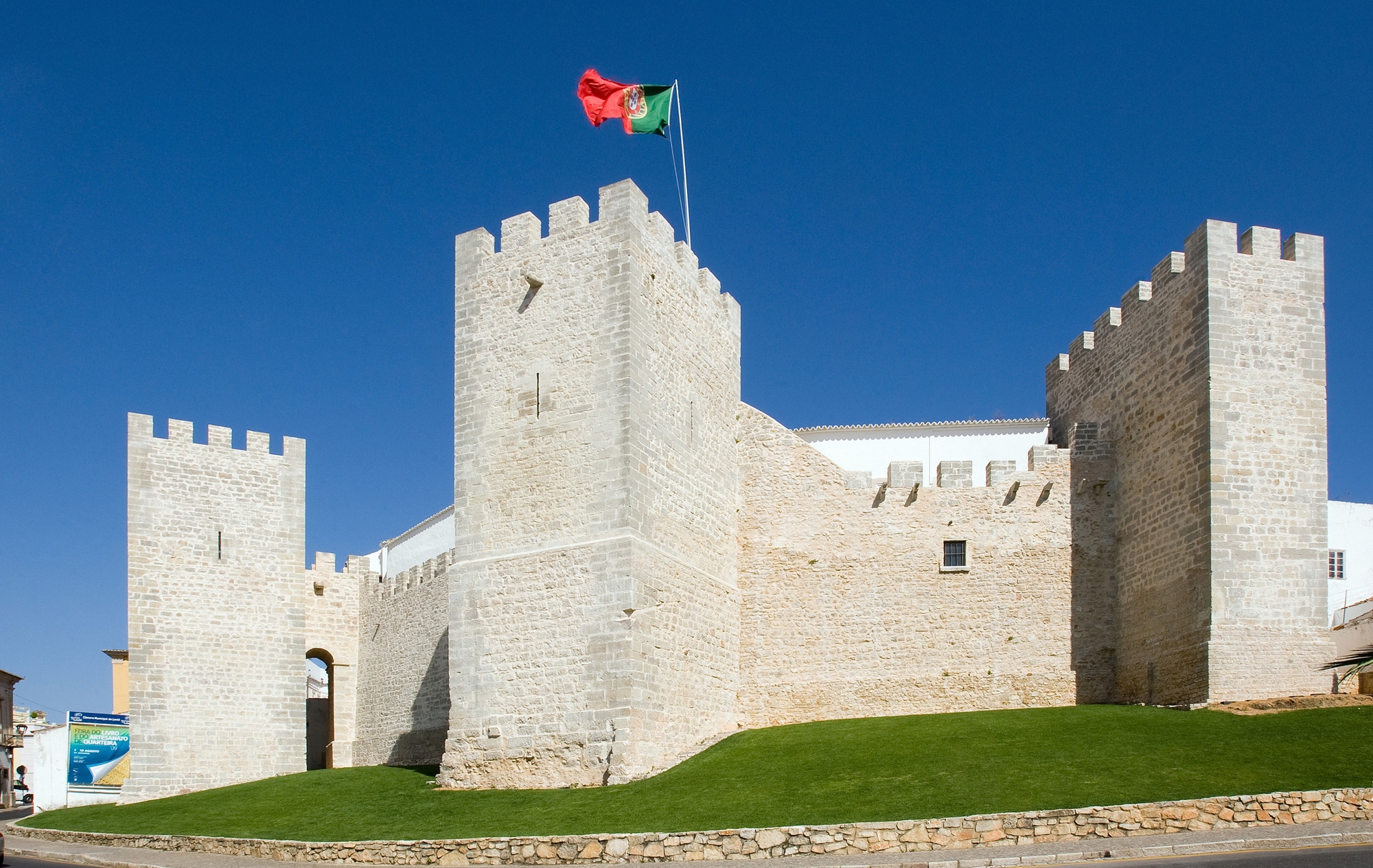
Castle of Loulé – of Arab origin, rebuilt in the century. XIII, contained a large walled perimeter, still visible, which highlights a barbican tower, masonry, dating from the Middle Ages, the so-called Vela Tower, also this one barbican tower, rammed earth, located in the current Rua Engenheiro Duarte Pacheco, and next to it there is the Port of Faro, which still retains traces of the early Almohad construction. Keep up, the city, the Almohad walls of mud, built and reinforced in the twelfth century, which are visible in small spans, camouflaged by houses that were being built addorsed the same, and other wall sections that have been discovered in recent interventions made by the local authority.
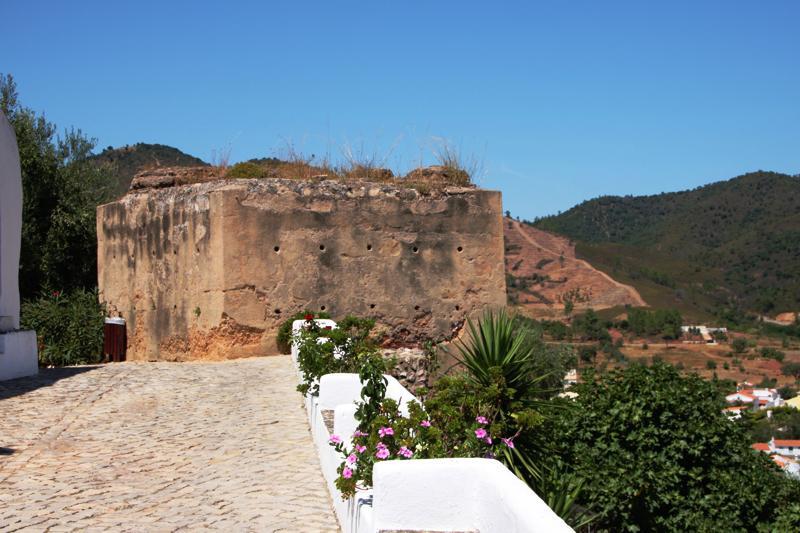
Castle of Salir – Salir was occupied by an Islamic rural village, which managed a unfortified Alcaria, with scattered houses, in direct contact with farm fields and small vegetable gardens and orchards. It is defended by a castle-barn, built in the Almohad period, with a fortification of mud, of which there are only four towers and washcloths the walls incorporated into buildings that overshadowed them. As the archaeological excavations, the vestiges finding report that Alcaria Salir is certainly prior to the Almohad period, a fact confirmed by the finding of a tombstone, dating from the early centuries XI, the obituary tombstone Ibne Said, who died in 1016. The reconquest of Salir was consummated by the knights of the Order of Santiago, under the command of D. Paio Peres Correia, following the conquest of Tavira.



